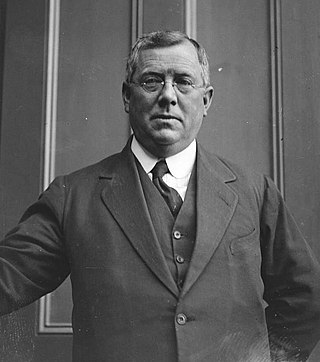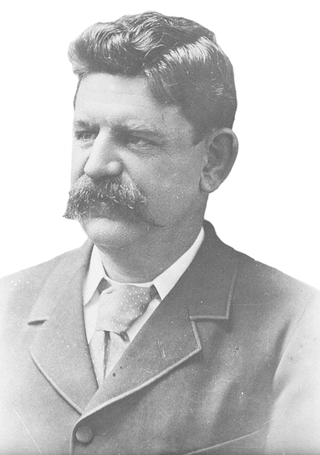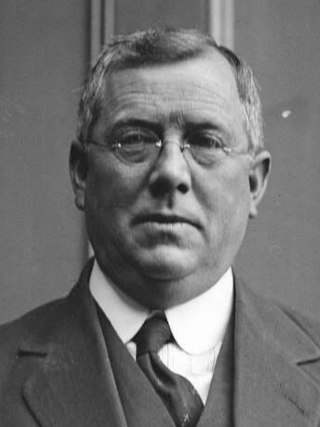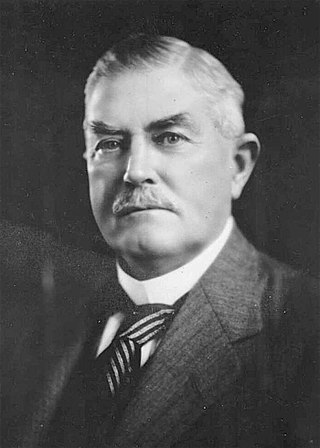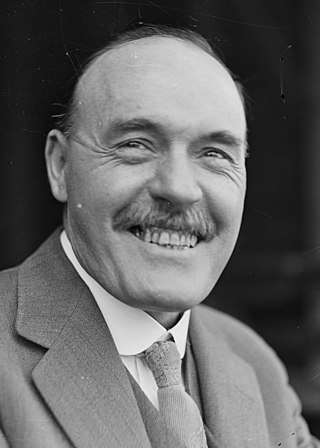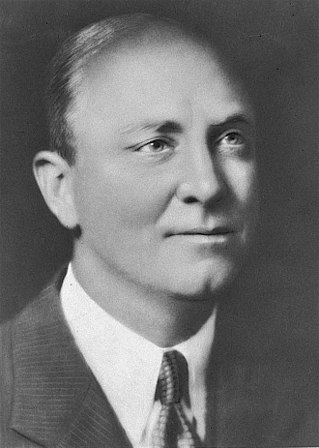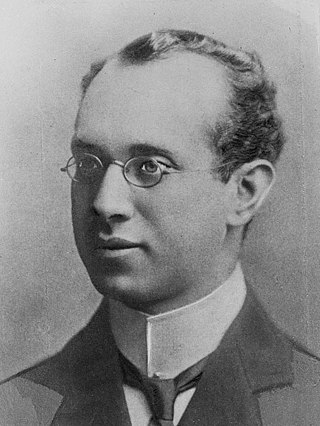Dooley ministry | |
|---|---|
| 38th Cabinet of the State of New South Wales | |
 Premier James Dooley | |
| Date formed | 10 October 1921 |
| Date dissolved | 20 December 1921 |
| People and organisations | |
| Monarch | George V |
| Governor | Sir Walter Davidson |
| Head of government | James Dooley |
| No. of ministers | 13 |
| Member party | Labor |
| Status in legislature | Minority government |
| Opposition party | Nationalist |
| Opposition leader | George Fuller |
| History | |
| Outgoing election | 1920 New South Wales election |
| Predecessor | Storey ministry |
| Successor | Fuller ministry |
The Dooley ministry (1921) or the first Dooley ministry was the 38th ministry of the New South Wales Government, and was led by the 21st Premier, James Dooley. It was the first of two occasions that Dooley was Premier.
Contents
Dooley was elected to the New South Wales Legislative Assembly in 1907, serving until 1927, when he fell out with the Labor leadership, lost Labor preselection, and stood unsuccessfully as an Independent Labor candidate for the Senate in the 1931 federal election. Dooley served as Deputy Labor leader to Ernest Durack and then John Storey, when Labor came to power at the 1920 state election, [1] with what Storey called "half a mandate". [2] The assembly was evenly divided, with Labor having 43 seats and the support of Percy Brookfield (Socialist Labor) and Arthur Gardiner (Independent Labor), while the Nationalists had 28 seats and the support of 15 seats of Progressive Party and 2 independent Nationalists. The Speaker of the Legislative Assembly did not vote unless there was a tie which meant whichever side provided the speaker was unable to command a majority. Nationalist Daniel Levy controversially accepted re-election as speaker, giving Labor an effective majority, [3] [4] Storey died in office on 5 October 1921. [2]
On Storey's death Dooley became Leader and Premier, reconstituting the ministry, which was largely unchanged from the Storey ministry, with the portfolio of Local Government moving from Thomas Mutch to George Cann, the portfolio of Labour and Industry was split into Labour which moved to Greg McGirr and industry becoming State Industrial Enterprises and given to Carlo Lazzarini. [1] [5]
The ministry covers the period from 10 October 1921, five days after Storey's death, until they resigned on 20 December 1921. Levy had resigned as speaker on 12 December 1921, replaced by Labor's Simon Hickey and the government was defeated on the floor of the house 44 votes to 45. [6] [7] Levy was re-elected as speaker, which meant new Premier George Fuller could not command a majority in the house and resigned within seven hours of his appointment. Levy remained as speaker as the only way to have a workable parliament, [3] allowing Dooley to regain power forming the second Dooley ministry. [1]
